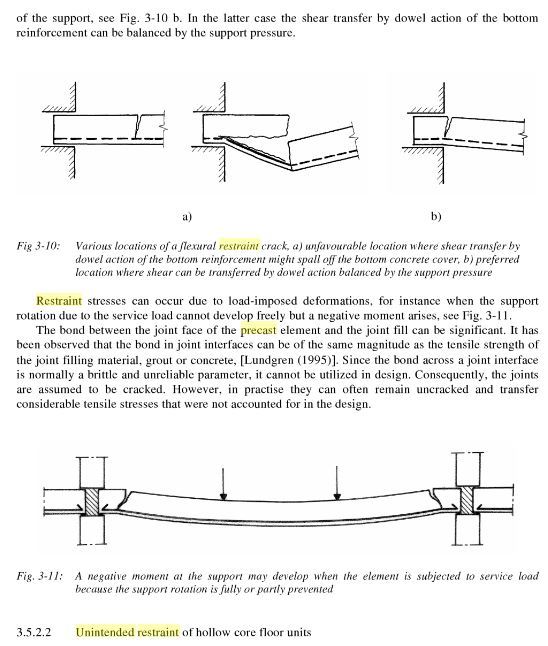StructuralAddict
Civil/Environmental
- Jul 19, 2016
- 106
Hello Everyone,
In the design I am working on now, I have secondary beams supported by main beams. The main beams are not designed to resist torsion. This means that the secondary beams should be simply supported on the main beams in order to ensure that moment does not transfer from the secondary beams to the main beams.
So, how can I design a simply supported connection? What is the difference in reinforcement detailing between a simple connection and a fixed connection?
I appreciate if you could provide me with example drawings (if possible).
Thanks in advance!!
In the design I am working on now, I have secondary beams supported by main beams. The main beams are not designed to resist torsion. This means that the secondary beams should be simply supported on the main beams in order to ensure that moment does not transfer from the secondary beams to the main beams.
So, how can I design a simply supported connection? What is the difference in reinforcement detailing between a simple connection and a fixed connection?
I appreciate if you could provide me with example drawings (if possible).
Thanks in advance!!

![[bigsmile] [bigsmile] [bigsmile]](/data/assets/smilies/bigsmile.gif)
